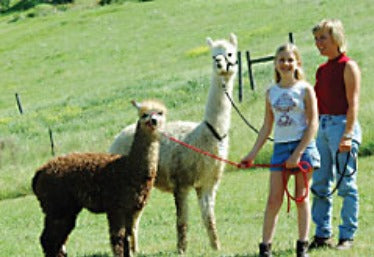Your Cart is Empty
After Christmas Sale! Shop Now > |Free USA Shipping On Orders Over $75!
After Christmas Sale! Shop Now > |Free USA Shipping On Orders Over $75!
After Christmas Sale! Shop Now > |Free USA Shipping On Orders Over $75!
After Christmas Sale! Shop Now > |Free USA Shipping On Orders Over $75!

by Kelley Hobart December 01, 2005 10 min read






Comments will be approved before showing up.

by Meg Bateman January 02, 2022 1 min read
Do you feel lost when it comes to picking out your first knit sweater pattern? This week, Kelley shared her favorite sweater patterns during Technique Tuesday. These patterns all feature minimal seaming, have detailed instructions, and have lots of completed projects on Ravelry!
Kelley has knit the Brick Sweater several times, and has decided to knit it again with all our Technique Tuesday viewers! Grab some worsted weight yarn and join us for this informal knit along.

by Meg Bateman January 02, 2022 1 min read

by Meg Bateman January 02, 2022 1 min read
Sign up to get the latest on sales, new releases and more …